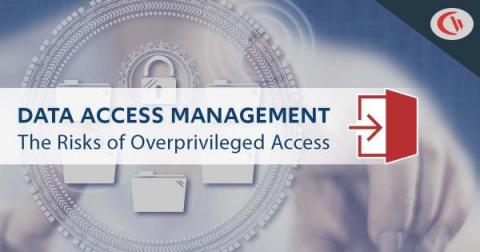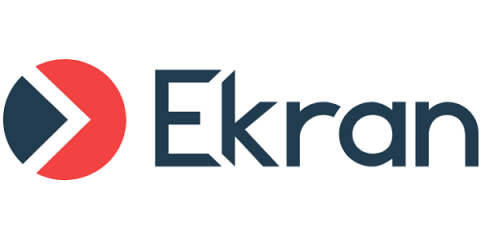How To Prevent Overprivileged Data Access From Harming Your Business
Privileged access management was designed to prevent human errors and reinforce security in general. However, even though this approach has been used for decades, studies still show that human error contributes to 95% of cyber attacks. So what are organizations doing wrong? Are they using privileged data access in the best way possible? Sadly, many companies don’t put much thought into using their security systems correctly, but there is an easy way to fix this.










